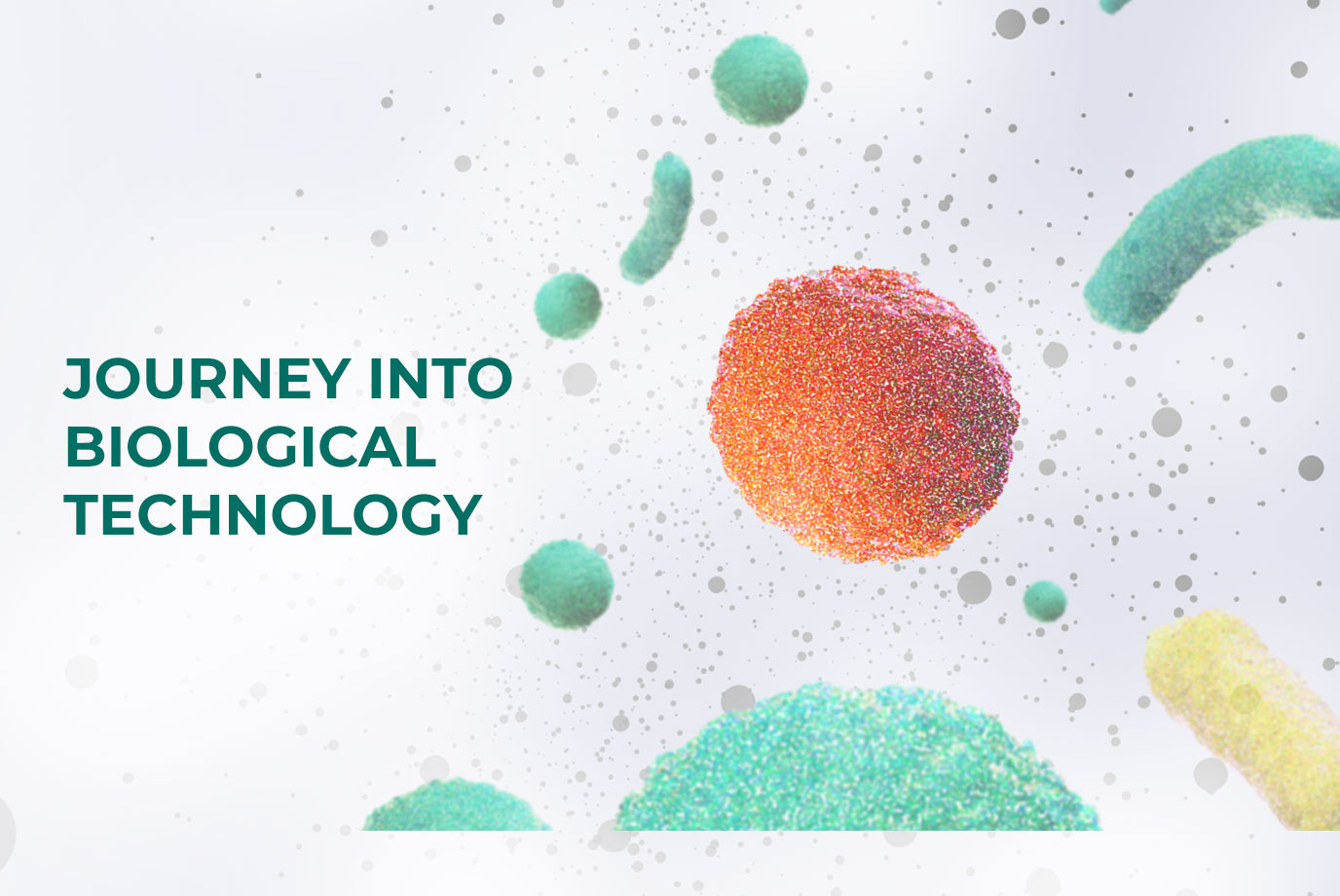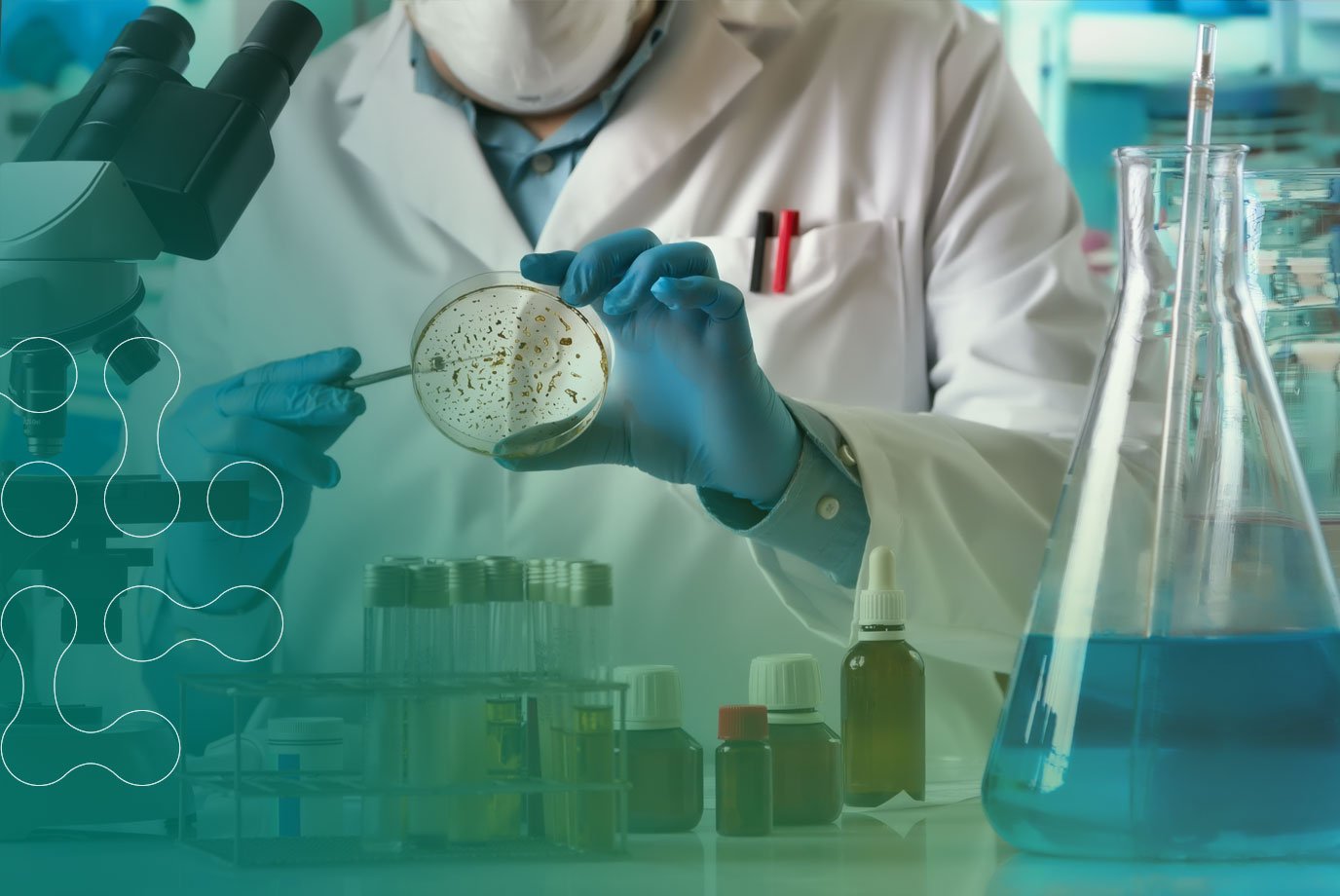Highly concerning press articles have reared their head in recent months ranging from the use of bleach being linked to fatal lung disease, links of traditional cleaners to ammonia poisoning, skin damage and most recently an increased risk of multiple sclerosis – it is no surprise that more diligence is also being given to how cleaning products impact our environment.
It is not always easy to demonstrate the overall environmental impact of a given product. It requires a full analysis of the life cycle to be carried out, including production, packaging, transportation, use, disposal and recycling. Assessing the potential impact following use is another route used and some of the ingredients can have considerable, long lasting effects.
One of the high impact areas that requires consideration is water quality. Some of the ingredients in cleaning products can have a significant impact on water quality and can be responsible, in part, for the eutrophication of rivers.
Eutrophication is an ecological process that could be seen as similar to aging, in which a water body is increasingly enriched with organic matter – this process can be accelerated by nutrient pollution. Nutrients such as Phosphorus and Nitrogen enable increased growth of aquatic plants (algae) that can invade the aquatic area. When plants die, their decomposition by micro-organisms consumes oxygen from the aquatic environment. In addition, oxygen is also consumed due to the decomposition of the surfactants present in the detergents/chemicals. A consequence of both these processes is that fish and invertebrates do not have access to adequate oxygen and as a result die by asphyxiation.
Fortunately, the law has developed considerably since the 1970’s and EU regulations have been strengthened, with current legislation calling for:
- An obligation to treat waste water
- A ban on “persistent” foaming surfactants
- Facilities for placing biodegradable products on the market
- Enhanced biodegradability requirements
Currently, the biodegradability criteria of surfactants are derived from the European EC Detergent Regulation 648/2004 regulation. All surfactants must degrade more than 60% in 28 days under aerobic conditions. This is a good start but can be improved. Biodegradability is measured at 28 days and in the presence of air. During this time, molecules of the surfactants have ample time to escape from sewage treatment plants and spread in the environment. Some surfactants are strongly attracted to limestone and tend to settle in the sediment at the bottom of rivers. Thus imprisoned, they degrade with greater difficulty.
We must also consider, if 60% of the product is degraded, what happens to the other 40%? There is also the question that arises from the biodegradability testing. The testing is carried out on each individual component; however, it is the finished product that needs to degrade.
Perhaps the best way to tackle the issue and the lack of accurate testing is to develop a new generation of less toxic products that are made with 100% biodegradable surfactants in 28 days. We can aim to replace harmful, undesirable ingredients with a combination of biology, organic acids, eco-solvents, plant extracts, natural thickeners and naturally derived, sustainable surfactants, wherever possible! Making products safer for both the environment and the people using them.




